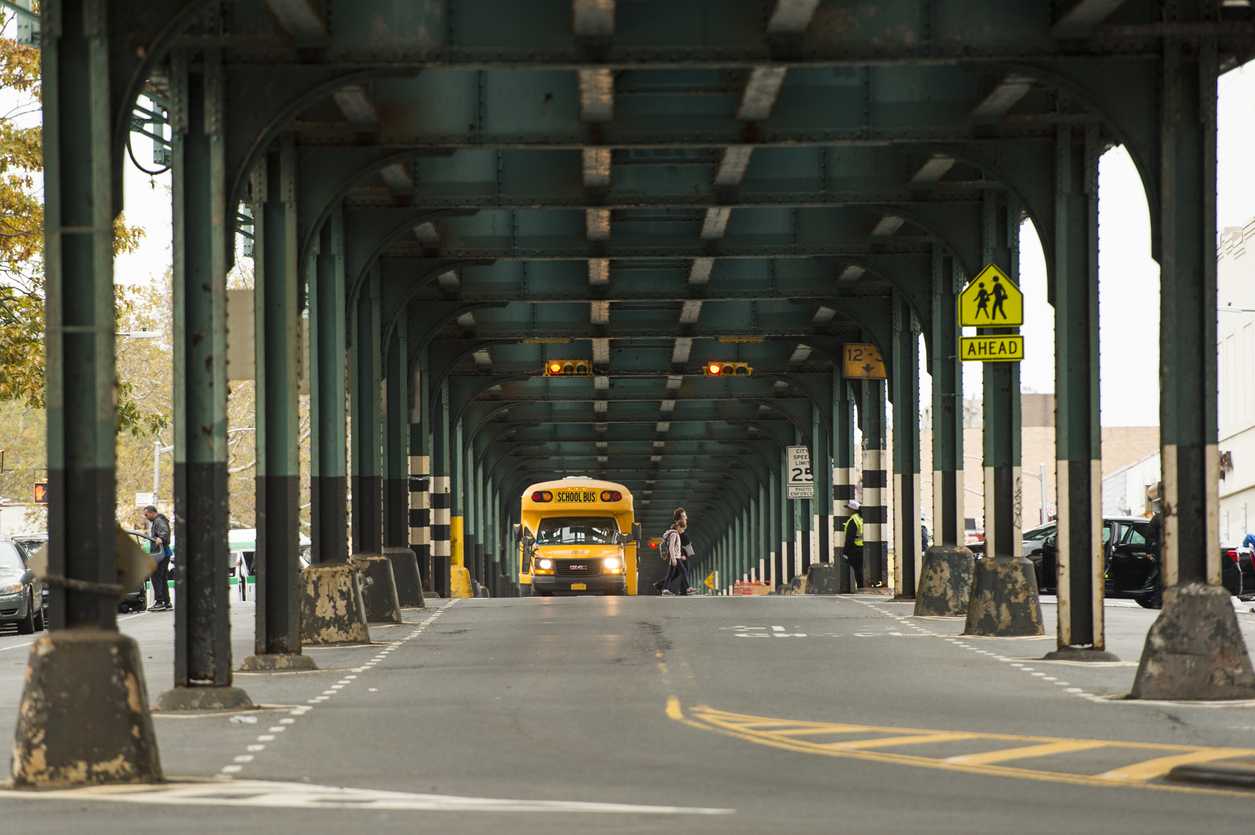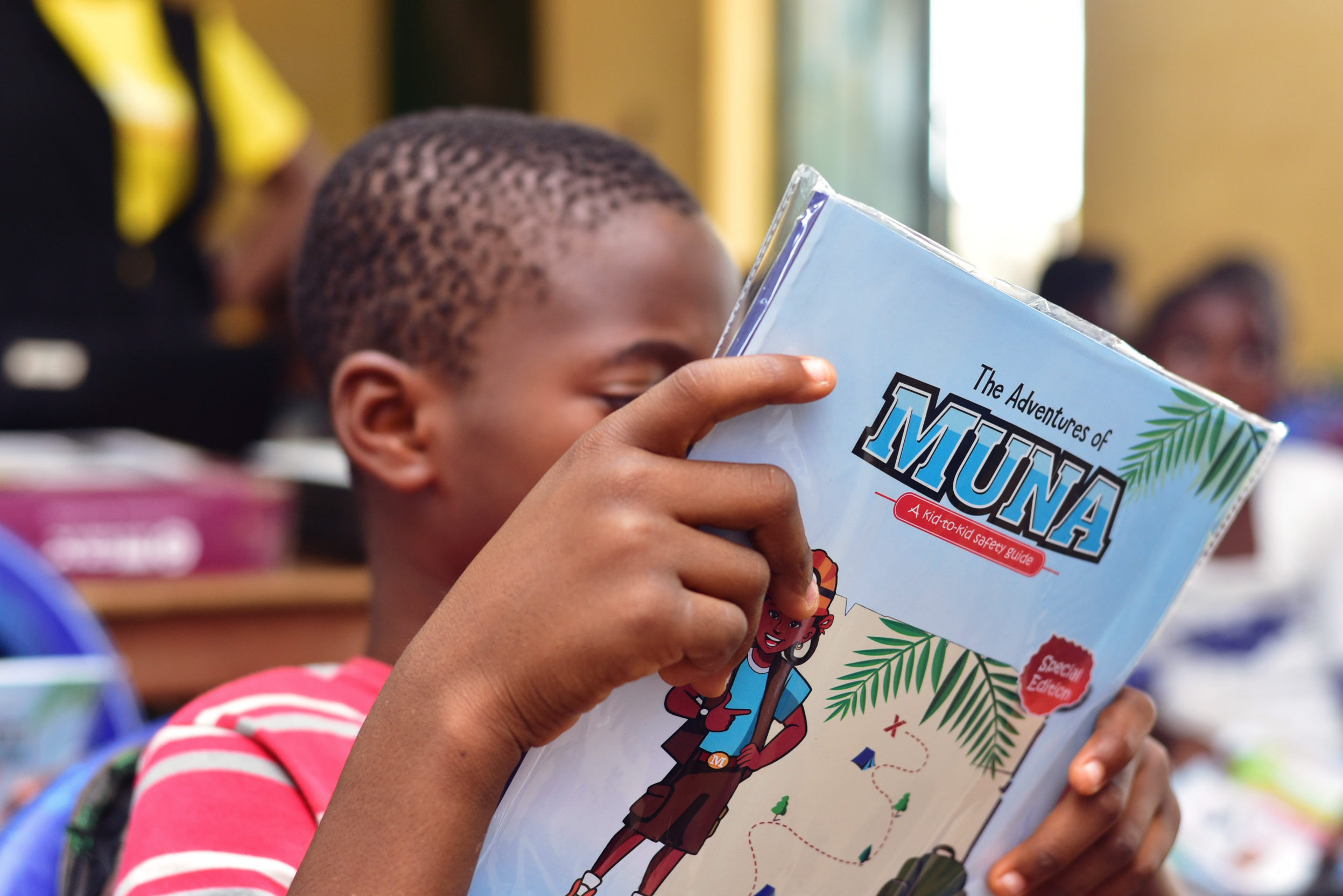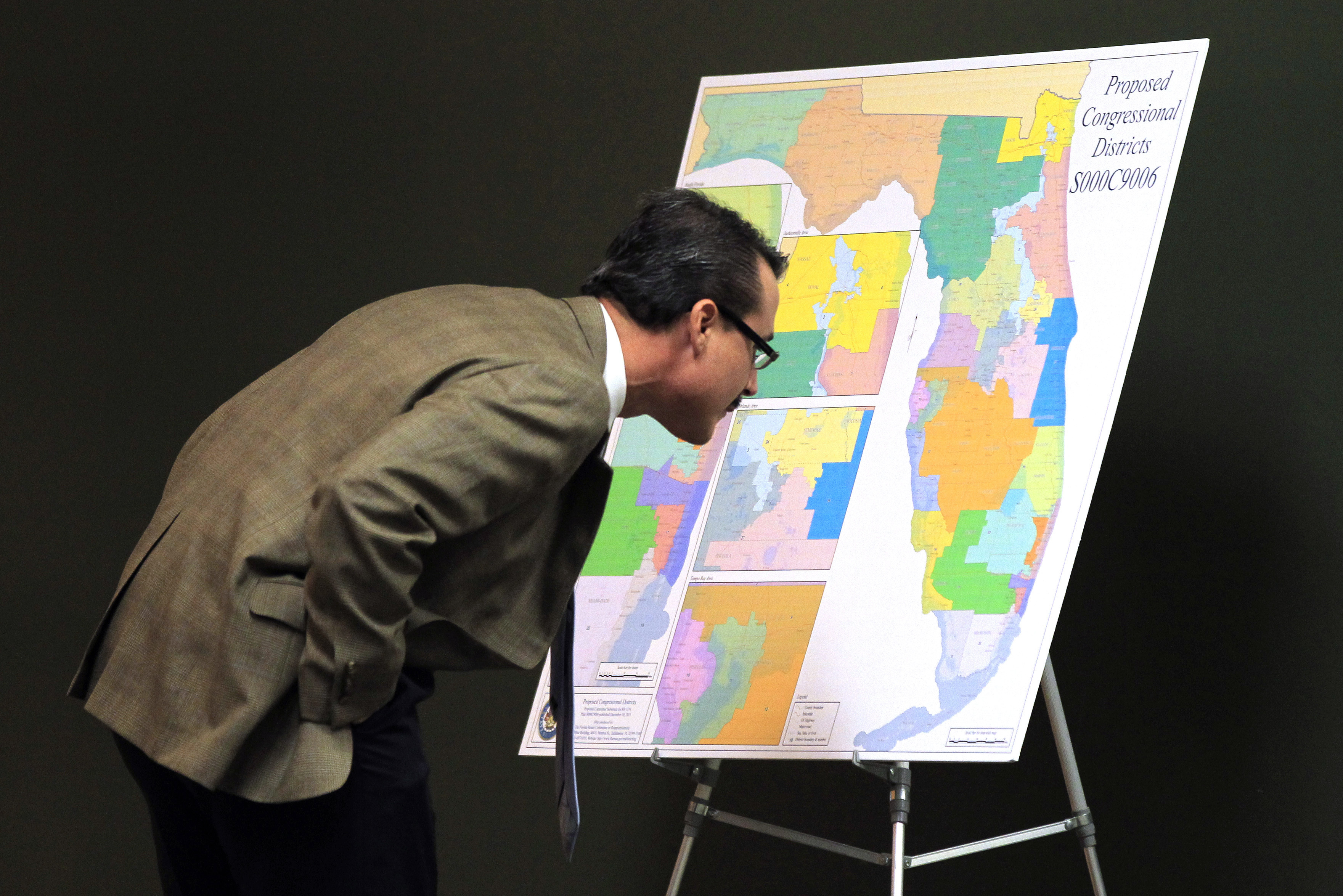By Scott Johnson
In the 69 years since Brown v. Board of Education (Brown), the United States has made slow progress in meaningfully desegregating its schools. The largest school district in the U.S., New York City, enrolls over 1 million students from diverse backgrounds: 16% of students are Asian, 26% are Black, 41% are Latinx, and 15% are White.[i] One of New York City’s greatest assets is its diversity; unfortunately, the New York City Department of Education (NYCDOE) does not leverage this strength. To alleviate the segregative impacts of selective programs in New York City schools, NYCDOE should replicate District 15’s diversity plan in key Community School Districts.
The UCLA Civil Rights Project continues to demonstrate that New York State schools are the most segregated in the country, primarily driven by segregation in New York City. 80% of Black and Latinx students attend “intensely segregated” schools, institutions with greater than 90% students of color.[ii] While academic results cannot be solely attributed to segregation, the majority of Black and Latinx students scored in the lowest 20% of all scores.[iii]
Officials debate the primary causes of segregation in city schools, but many advocates focus on the Gifted & Talented (G&T) Program, specialized high schools, and “screened” schools as the main drivers of segregation. Prior to 2021, the NYCDOE admitted students to both the G&T Program and the Specialized High Schools based on discretionary tests. Of the 34,282 students enrolled in both programs, only 18% were Black or Latinx – nearly 50 percentage points fewer than the overall percentage of Black and Latinx students attending NYCDOE schools.[iv] Mayor Bill de Blasio attempted to amend both programs but only successfully altered the G&T Program’s admissions process. Though this is a positive change, the desegregative impact is limited given that G&T students make up only 1.5% of the student population.[v]
“Screened” schools, middle and high schools that use admissions criteria based on academic and behavioral factors, present a worthy opportunity for desegregation because of their comparatively high enrollment and local control. In 2018, 77,652 students attended over 180 screened schools. While Black and Latinx enrollment varies depending on the Community School District, segregation in screened schools reaches unacceptable extremes.[vi] Notably, Black and Latinx students comprise only 26% of students enrolled in screened schools in Manhattan’s District 2.[vii] In contrast to the specialized high schools, which are protected by the state’s Hecht-Calandra Act, the mayor and NYCDOE have outright control over enrollment decisions at screened schools, offering a clearer path to substantive change.
NYCDOE should mandate districts with “sufficient demographic diversity,” nine of NYC’s 32 Community School Districts, to develop diversity goals and implement weighted lotteries.[viii] Specifically, these districts represent opportunities for desegregation due to their demographic plurality and share of screened schools. Informed by local demographics and community input, diversity goals stipulate target percentages of student characteristics in district schools. To achieve these goals, weighted lotteries give preference to legally acceptable student characteristics, such as free or reduced-price lunch eligibility, multilingual learner status, or temporary housing status, during the admissions process.[ix] After instituting these policies, District 15 established the goal for all schools to fall between 40% and 75% economically disadvantaged students. As a result, economic segregation in sixth grade decreased by 55% and racial segregation decreased by 38%.[x] In expanding similar programs to the other eight targeted districts, over 338,000 students will experience similar decreases in segregation – more than all students enrolled in Chicago Public Schools.[xi]
Opponents of these attempts to confront segregation emphasize that these efforts will reduce the number of White students in the public school system, thereby further harming any hopes of desegregation. This fails to consider how the status quo has not retained White students. In audits by the New York City Independent Budget Office, analysts found 19% of school-age children attend nonpublic schools in New York City – the second highest percentage of any major city in the United States[xii]. Over 60% of these nonpublic students are White.[xiii] If the goal of segregated schools is to retain White students, that effort has largely failed. Furthermore, after District 15 instituted its diversity goal and weighted lottery, White enrollment remained fixed at 31% year-over-year.[xiv]
After community and stakeholder engagement, districts with sufficient demographic diversity should develop district-wide diversity goals and implement weighted lotteries for their schools. By prioritizing a variety of student backgrounds, NYCDOE will unlock the benefits of racially and socioeconomically diverse schools for over 338,000 students – a significant step in recognizing the potential of Brown.

Scott Johnson taught high school humanities in the Bronx and New Orleans for six years and now studies education policy at NYU Wagner as a Bloomberg Public Service Fellow.
Endnotes
[i] School Diversity Advisory Group. 2019. “Making the Grade: The Path to Real Integration and Equity for NYC Public School Students.” New York City Department of Education. https://docs.wixstatic.com/ugd/1c478c_4de7a85cae884c53a8d48750e0858172.pdf.
[ii] Cohen, Danielle. 2021. “NYC School Segregation Report Card.” UCLA Civil Rights Project. https://www.civilrightsproject.ucla.edu/research/k-12-education/integration-and-diversity/nyc-school-segregation-report-card-still-last-action-needed-now/NYC_6-09-final-for-post.pdf.
[iii] Cohen, 62.
[iv] Veiga, Christina. 2021. “NYC eliminates ‘gifted’ test for kindergartners, overhauls program.” Chalkbeat New York, October 8, 2021. https://ny.chalkbeat.org/2021/10/8/22716211/gifted-talented-test-segregation-nyc-overhaul?mc_cid=89005f7495&mc_eid=32f32cc27e.
[v] New York City Department of Education. 2022. “DOE Data at a Glance.” https://www.schools.nyc.gov/about-us/reports/doe-data-at-a-glance.
[vi] Center for New York City Affairs. 2019. “Screened Schools: How to Broaden Access and Diversity.” The New School. https://static1.squarespace.com/static/53ee4f0be4b015b9c3690d84/t/5c646527e4966bc3e4a944bb/1550083369758/Screened_Schools.pdf.
[vii] Center for New York City Affairs, 2.
[viii] School Diversity Advisory Group. 2019. “Making the Grade II: New Programs for Better Schools.” New York City Department of Education. https://docs.wixstatic.com/ugd/1c478c_1d5659bd05494f6d8cb2bbf03fcc95dd.pdf.
[ix] Potter, Halley. 2019. “Recruiting and Enrolling a Diverse Student Body in Public Choice Schools.” The Century Foundation. https://production-tcf.imgix.net/app/uploads/2019/01/28181149/waltontoolkit_final1.pdf.
[x] Margolis, Jesse, Daniel Dench, and Shirin Hashim. n.d. “The Impact of Middle School Integration Efforts on Segregation in Two New York City Districts.” MarGrady Research. http://margrady.com/wp-content/uploads/2020/07/The-Impact-of-Middle-School-Integration-Efforts-on-Segregation-in-Two-New-York-City-Districts.pdf.
[xi] New York City Department of Education. 2022. “DOE Data at a Glance.” InfoHub. https://infohub.nyced.org/reports/school-quality/information-and-data-overview.
[xii] Sander, William. 2006. “Private schools and school enrollment in Chicago.” (No. 231). The Federal Reserve Bank of Chicago. https://files.eric.ed.gov/fulltext/ED505625.pdf
[xiii] Domanico, Raymond. 2014. “How Many Students Attend Nonpublic K-12 Schools in New York City?” New York City Independent Budget Office. https://ibo.nyc.ny.us/iboreports/printnycbtn27.pdf
[xiv] Margolis et al., 27




